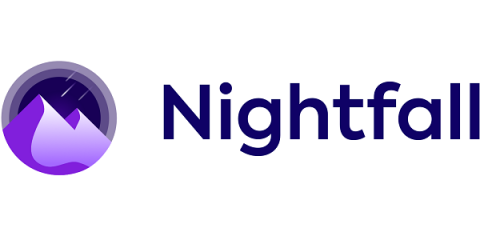3 Critical Lessons & Takeaways from the Okta Data Breach
Last month’s revelation that Okta had been hacked created a seismic impact in the world of security, with organizations still bracing themselves for the fallout from this incident. While resources, like Microsoft’s article on Lapsus$ (tracked as DEV-0537), have broadly dissected the attack vectors used in the group’s attacks, we wanted to expand on the broader trends and context surrounding the Okta hack.






